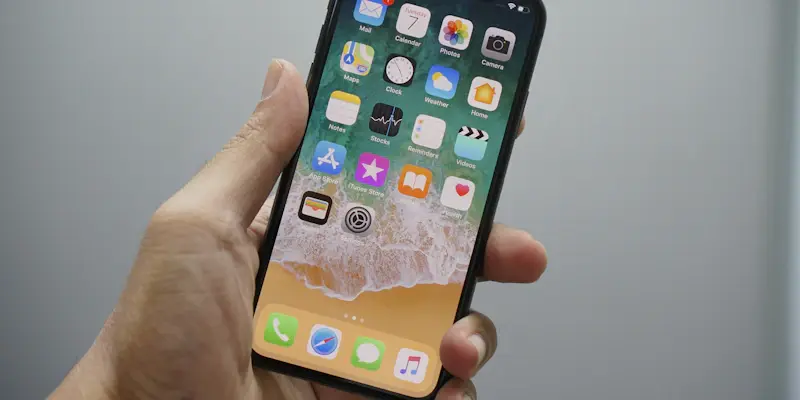In a bold move likely to redefine the smartphone landscape, Apple has introduced significant design alterations and enhanced camera features in its latest offering, the iPhone 17 series. The introduction of the iPhone 17 Air and iPhone 17 Pro has ushered in an exciting era, with substantial changes in aesthetics and hardware. The iPhone 17 series, set for the 2025 release, promises to wow consumers with its innovative features and strategic pricing approach.
Redefining Camera Design and Functionality
The iPhone 17 Air unveils an unexpected twist in design, adopting a visor-style camera island previously rumored for the Pro model. This redesign replaces the previous Plus model, featuring a simplified single rear camera setup. This strategic shift aligns with a more cost-effective pricing structure, integrating a non-Pro Apple A19 chipset. Meanwhile, the iPhone 17 Pro and Pro Max models have not been left behind. They boast a larger, more noticeable visor-style camera island, spanning the device’s width. This distinct design bears a closer resemblance to Xiaomi’s aesthetic rather than Google’s, signifying Apple’s willingness to explore fresh design perspectives.
The Pro series takes a leap forward in camera technology with an upgraded periscope system. This enhancement includes a 48MP sensor paired with a 5x lens, marking a significant improvement from the earlier 12MP cameras. This feature is expected to cater to professional photographers and enthusiasts alike, promising sharper, more detailed images and improved zoom capabilities. These changes highlight Apple’s commitment to continuously pushing the boundaries of smartphone photography.
Broader Market Trends and Apple’s Strategic Shifts
This redesign aligns with a broader trend suggesting that Apple is open to redefining its long-standing camera island, which has maintained a consistent appearance since the iPhone 11. The iPhone 17’s innovative design taps into the evolving market demand for sleek, advanced, and multifunctional devices. Apple’s strategic pricing model for the iPhone 17 Air, with a single camera and affordable chipset, serves as an approach to attract a wider consumer base, balancing high-end innovations with affordability.
The narrative around the iPhone 17 series also sets the stage for key upcoming launches, including the highly anticipated iPhone SE 4, the refreshed iPad Airs, and the new iPad Pros with Apple M4 chips. Each launch underscores Apple’s strategic effort to diversify its product lineup while staying attuned to market trends and consumer preferences. By revamping its flagship devices, Apple is preparing the market for continuous innovation, ensuring it stays ahead in an increasingly competitive tech landscape.
Future Directions and Market Implications
In a bold and potentially game-changing move, Apple has unveiled significant design changes and enhanced camera features with the introduction of its latest smartphone line, the iPhone 17 series. This new release includes the iPhone 17 Air and iPhone 17 Pro, marking the beginning of an exciting era for smartphone technology. With substantial updates in both aesthetics and hardware, these new models are poised to capture the market’s attention. Set to be released in 2025, the iPhone 17 series promises to amaze consumers with its cutting-edge features and strategic pricing strategy.
These new models are expected to incorporate some of the most advanced technology Apple has ever used in their smartphones. The iPhone 17 Pro, for example, is rumored to have a remarkable camera system that could redefine mobile photography. Additionally, the introduction of the iPhone 17 Air suggests an even lighter and more compact device without sacrificing performance. These innovations are likely to solidify Apple’s position as a market leader and further delight their loyal customer base.

